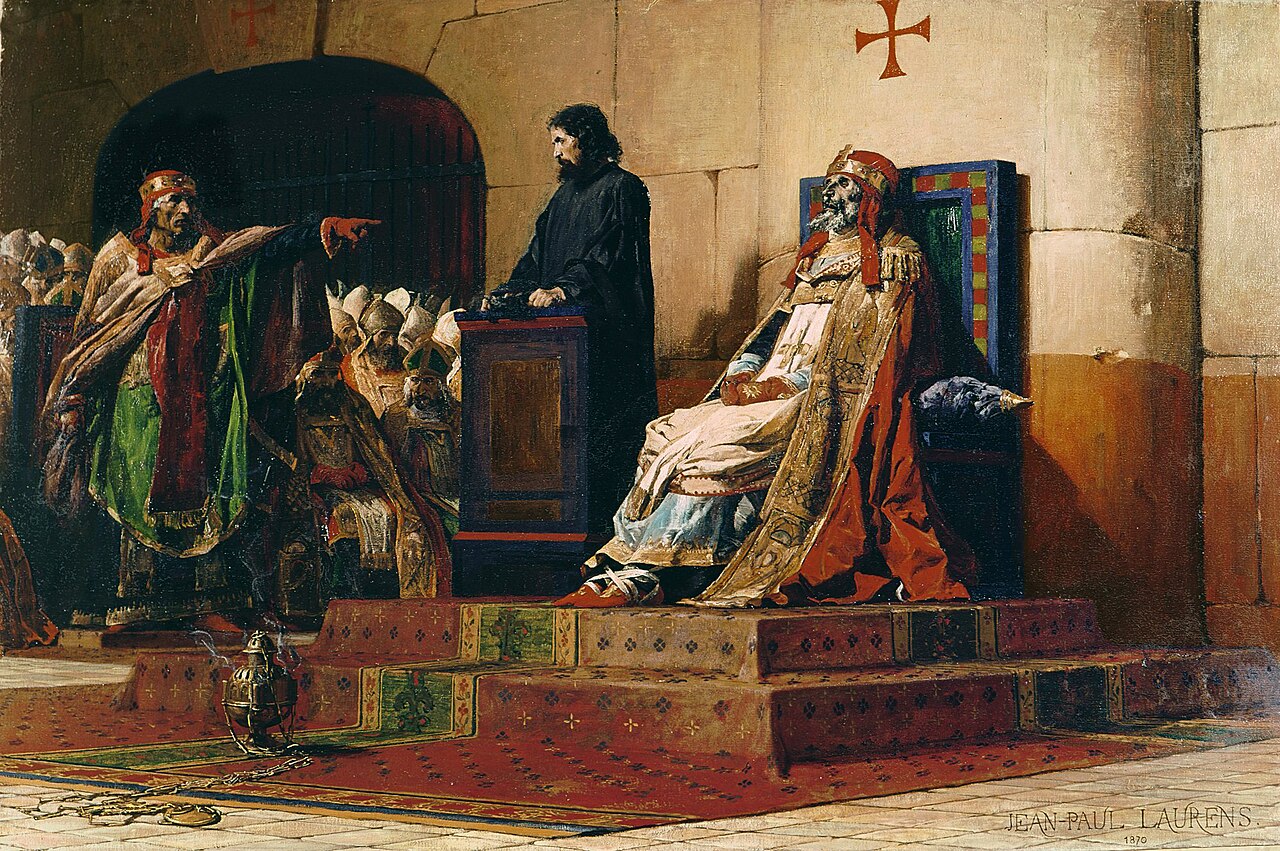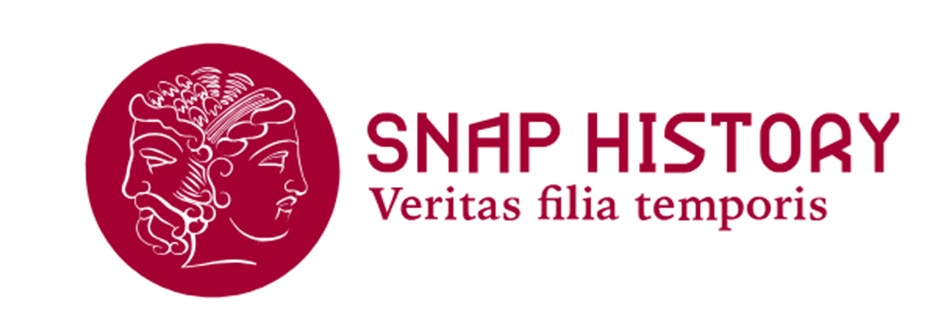A cadaverous council
The trial of the dead pope

Concilio cadaverico, Jean-Paul Laurens (1870) - Wikicommons
In the 9th century, within the Catholic Church, two factions emerged: the pro-Carolingian faction (French) and the pro-German faction, of which Bishop Formosus (816–896) was a leading figure. Forced to leave Rome in 876, Formosus was later recalled by Pope John VIII, who convened a council at the Pantheon to excommunicate Formosus and the pro-German faction for rejecting his pro-Carolingian policies. Stripped of his clerical status and reduced to a layman, Formosus left Rome once more, only to be reinstated by the subsequent pro-German pope, who lifted the excommunication and restored him as bishop in 878.
In 891, Formosus was elected pope, despite already holding the position of bishop of Portus, a role that should have precluded him from ascending to the papacy. As pope, he had to navigate the complex political landscape of the divided Germanic Empire, shifting allegiances as necessary for Rome's welfare. Following the death of Emperor Guy II in 894, his son Lambert II, supported by his mother, who opposed the Germans, demanded to be crowned emperor. Pope Formosus, unable to refuse, complied but also sought the assistance of the Frankish King Arnulf to liberate Italy. Arnulf invaded in 895, defeating Lambert and imprisoning Formosus in Castel Sant'Angelo. Arnulf, victorious, freed the pope and had himself crowned King of Italy by Formosus in 896.
Unfortunately, on his return to France, Arnulf suffered a paralysis that left him unable to continue the war or rule effectively. This abrupt turn of events drastically altered Formosus’s situation, and he was poisoned shortly thereafter.
In 897, the new pope, Stephen VI—elected with Lambert’s support—ordered the infamous "Cadaver Synod". Formosus’s corpse was exhumed, dressed in papal vestments, and placed on a throne in the Lateran Basilica to stand trial. A deacon spoke on behalf of the deceased pontiff, answering charges originally raised by Pope John VIII at the 876 council in the Pantheon. The trial served to condemn Formosus for his political support of the Carolingian faction and his perceived betrayal of the crown.
Claudio Rendina, I papi. Storia e segreti, Newton&Compton editori, 2015
2025-05-31
Salvatore Ciccarello
